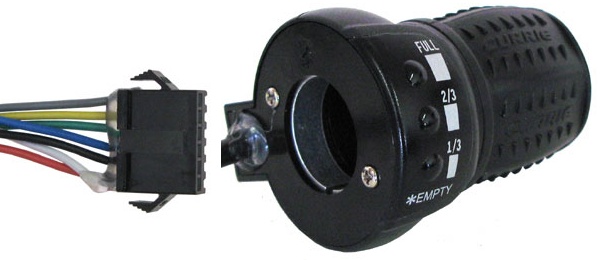The netflix watch on demand video player uses Microsoft Silverlight. Silverlight has an “adaptive playback” mode which attempts to choose one of multiple bandwidths for your video (and switch on the fly if your internet connection has more ore less bandwidth over time).
To see what it is currently using, press the Control, Alt, Shift and D keys all at the same time.
CTRL-SHIFT-ALT-D gives diagnostic information on-screen.
If you would like to force netflix to use a specific bandwidth (typical sizes are 500, 1000, and 1500 KBps, or 50, 100, 150 kilo-bytes a second), press the Alt, Control, Shift and S key at the same time.
CTRL-SHIFT-ALT-S allows you to manually force silverlight/netflix player to use a specific bandwidth for playback.
This can be useful if you want the absolute best quality (and are willing to pause the movie every so often to let it buffer), or if you are willing to use a lower quality than your full network connection supports so that some extra bandwidth is available for other users or applications.
NOTE: I was unable to get the key-combos above to work in full-screen mode. I had to have the netflix player in a browser window for them to work. In addition, sometimes I had to click within the siliverlight window (for example, by pressing the play/pause button) before the key combination would work.
